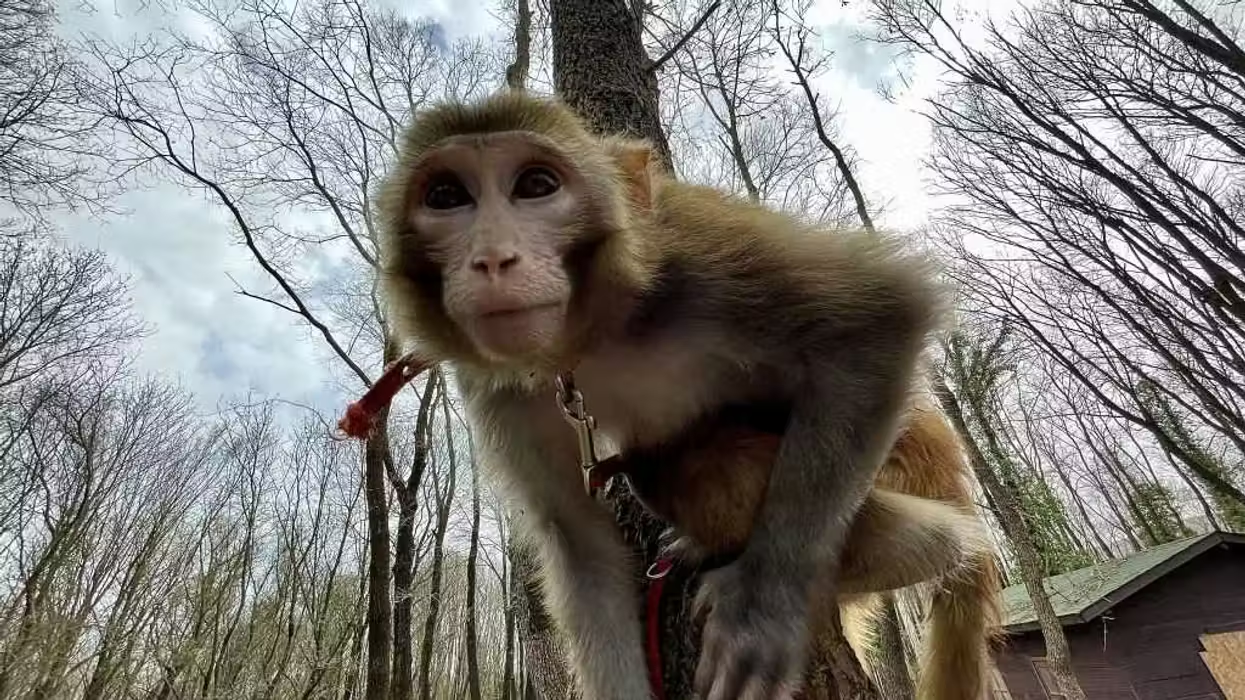
© 2025 Blaze Media LLC. All rights reserved.
Chickens Four Times Bigger Within the Last 60 Years...but It’s Not Steroids or Because They’re Being Fed More
October 08, 2014
"There's a lot of criticism or ignorance about why chicken grow so fast."
In the last 60 years, chickens have quadrupled their size, but it's not because their feed has changed, according to a new study.
 Photo credit: Shutterstock
Photo credit: Shutterstock
Researchers at the University of Alberta in Canada found that broiler chickens have actually become more efficient at using the feed they take in.
"From 1957 to 2005, broiler growth increased by over 400 [percent]," the study authors wrote in the paper published in the journal Poultry Science.
To conduct their research, the study authors evaluated three types of chickens. One hadn't changed through breeding since 1957, another hadn't changed since 1978 and the third — Ross 308 — was more recently bred to select for certain traits. Photographs were taken of the birds each week and the team also kept tabs on their "growth rate, feed intake and measures of feed efficiency."
The study authors suggested that commercial selection for certain traits resulted in a 50 percent reduction in the feed conversion ratio, while allowing for the propagation of bigger birds. Breast meat size in the newer strain of chickens increased by about 80 percent.
While use of feed efficiently was a benefit for this selection, the study authors noted other consequences.
"Unintended changes such as enhanced sexual dimorphism are likely inconsequential, though musculoskeletal, immune function and parent stock management challenges may require additional attention in future selection programs," the study authors wrote.
"There's a lot of criticism or ignorance about why [chickens] grow so fast," study author Martin Zuidhof told CTV News, after it was noted that it now takes less than 50 days to grow a full size chicken compared to 70 days in the 1950s. "If you look at a chicken from 50 years ago and today's chicken, it's natural to say, "Wow, what's going on, that seems like something that's pretty unnatural.'"
However, Zuidhof said that steroids or other hormones are not the cause. Because chickens can produce a lot of offspring in one year, Zuidhof explained to the news station that it is easier to select for and breed the naturally bigger chickens to produce similar results in the generations afterward.
"Driven by industry advancements, the broiler produced today is meatier, more affordable to the consumer and more wholesome than the broiler of fifty years ago — or even 15 years ago," the National Chicken Council said on its website. "The industry employs the most advanced scientific technology available and is constantly seeking new methods to ensure wholesomeness and enhance quality for the consumer."
—
Front page image via Shutterstock. This story has been updated to correct a typo.
Want to leave a tip?
We answer to you. Help keep our content free of advertisers and big tech censorship by leaving a tip today.
Want to join the conversation?
Already a subscriber?
more stories
Sign up for the Blaze newsletter
By signing up, you agree to our Privacy Policy and Terms of Use, and agree to receive content that may sometimes include advertisements. You may opt out at any time.
Related Content
© 2025 Blaze Media LLC. All rights reserved.
Get the stories that matter most delivered directly to your inbox.
By signing up, you agree to our Privacy Policy and Terms of Use, and agree to receive content that may sometimes include advertisements. You may opt out at any time.





